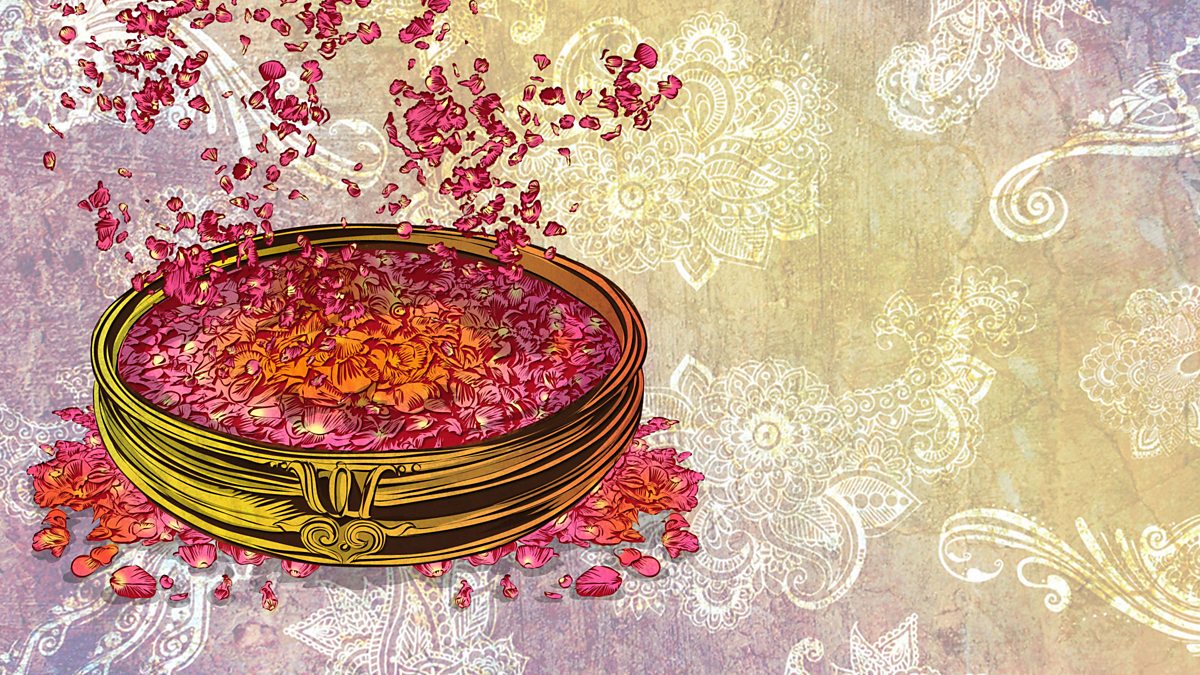
Khusrow gave away his wealth, retired to Nizamuddin’s tomb, died six months later, and was buried in the shrine’s courtyard.Khusrau’s language was a mix of Brij Bhasha and Persian, his folksy and direct style of writing and singing shaped the idea of India: Hindus and Muslims could co-exist peacefully and celebrate each other’s cultures. Thus, Khusrau is rightly referred to as the ‘voice of India’.Today, the soul of the subcontinent’s sufi shrines lie in Khusrau’s qawwalis. His verses steer many to love, spirituality, and ecstasy. Amir Khusrow used only 11 metrical schemes with 35 distinct divisions. He has written Ghazal, Masnavi, Qata, Rubai, Do-Beti and Tarkibhand.
As you turn the corner and reach the entrance of dargah, you can hear the music all too clearly.“Mohay suhaagan keeni rey mosay naina milaikay,Chhap tilak sab cheeni rey mosay naina milaikay”It is no wonder that these compositions resound so beautifully with people even today.The pavilion outside the dargah itself is where each Thursday, the custodians of the dargah — the Nizami Bandhu sing Sufi songs and qawwalis in praise of the saint and the Almighty. Scores of people turn up to listen each week, sitting around the singers, their heads covered, hands folded and eyes closed as they partake of the intoxication in the air.For what remains at the core of these lyrics is a sentiment of love. Here’s a list of most celebrated songs of Khusrau:Khusrau was most closely associated with Nizamuddin Auliya, a disciple, who wrote several poems and songs and even pushed the boundaries of music by creating the qawwali, tarana and classical khayal styles.At 72, musical maker 'Tuti-e-Hind', lost interest in the world but his songs have ruled over our hearts and will continue to do so till the stars shine in the night sky. His genius thrived and sustained itself with the support of his industrious temperament and, indeed the.Amir Khusro was a prominent writer, singer and musician living near Delhi. His family was associated with the court of court for many generations.
He wrote poetry primarily in Persian, but also in Hindavi. He was a mystic and a spiritual disciple of Nizamuddin Auliya of Delhi. He was an iconic figure in the cultural history of the Indian subcontinent. Ab'ul Hasan Yamīn ud-Dīn Khusrau (1253 – 1325) ( Urdu: ابوالحسن یمینالدین خسرو, Hindi: अमीर ख़ुसरो), better known as Amīr Khusrow Dehlavī, was a Sufi musician, poet and scholar from the Indian subcontinent. He created musical instruments like Tabla and Sitar.At the time, there were many versions of Veena in India, he rechristened the 3 stringed Tritantri Veena as a Sehtar, that means three-strings in Persian.Khusrau also composed new Ragas like Yaman and Zeelaf, Talas like Chakka and Soolfakhta, and is known as the maker of musical forms such as the Khayal, Tarana and Qawwali by fusing Persian, Arabic, Turkic, and Indian singing traditions.When one navigates through the meandering and narrow by lanes of Nizamuddin in Delhi, you get constantly distracted by the lovely aroma of the Biryani and Nahari being prepared at the several small restaurants that line these gallis.Squeezing through the crowd a person reaches the archway leading to Hazrat Nizammudin's dargah.


He has also been taking classes in Turkish and Persian.In 2010, he organised a conference at Exeter University, in conjunction with the Institute of Arab and islamic Studies, on 'The Alexander Romance in Persia and the East’. He has recently participated in several international conferences on the Ancient Novel and on Philip and Alexander.Besides Latin and Greek, he also speaks fluent German and adequate French, Italian and Modern Greek. Since the early 1980s the main focus of his research has been Alexander the Great, especially in later legend.


 0 kommentar(er)
0 kommentar(er)
